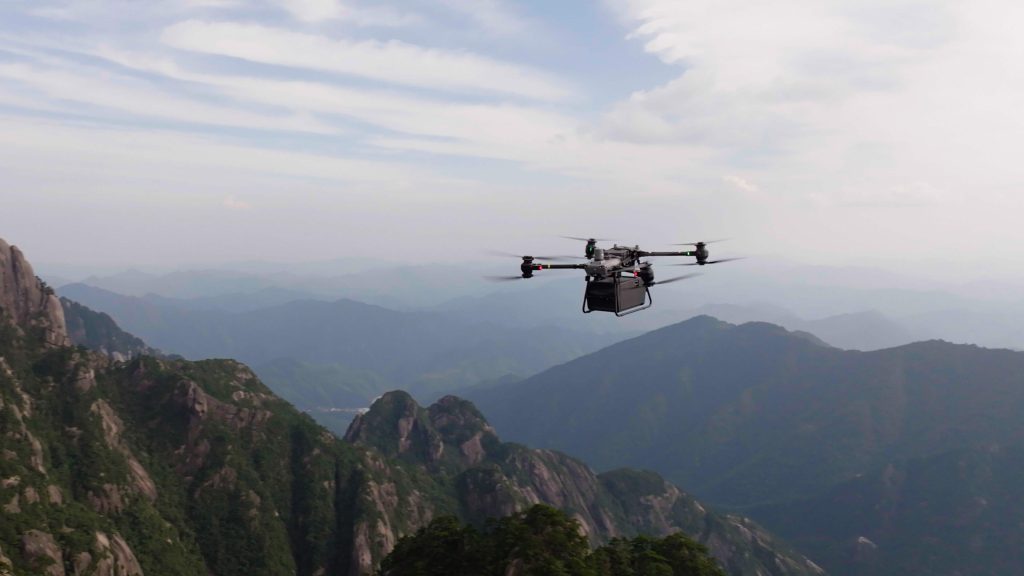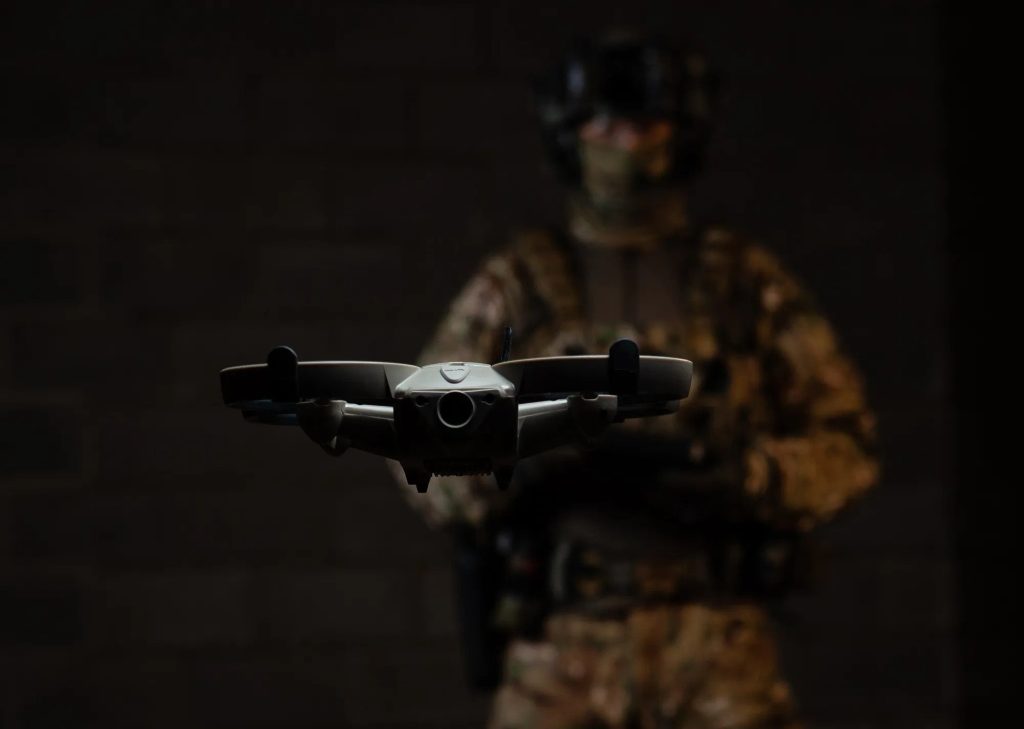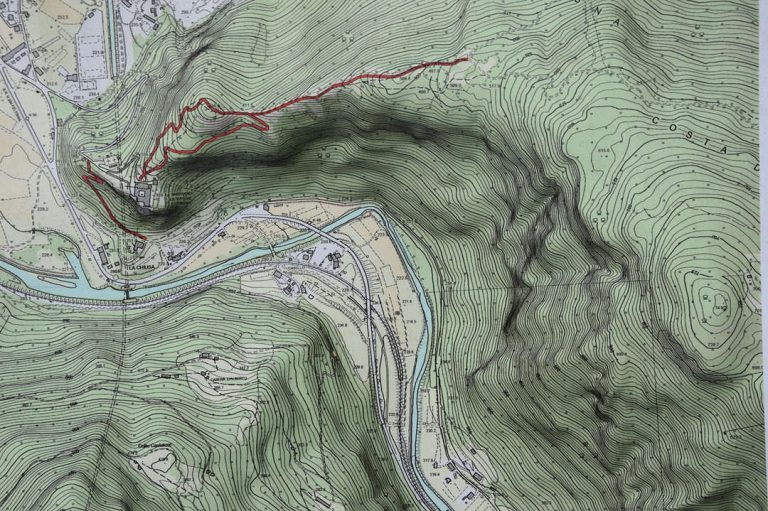How Fast Can a Drone Fly? Top Speeds of Various Types
Drones are no longer science fiction; they're buzzing everywhere! But how fast can drones fly? The answer is surprisingly varied.
Consumer drones, popular for photography and recreation, typically reach speeds of around 45 mph, with top models hitting up to 70 mph.
Racing drones are built for speed, often exceeding 100 mph, and the world record stands at an incredible 360 mph.
Military drones, designed for surveillance and tactical missions, can reach impressive speeds, with some models surpassing 12,000 mph.
In this article, we will explore the speeds of different types of drones, examining the factors that influence their performance.

What is the Maximum Speed a Drone Can Fly Legally?
Most countries have drone speed limits enforced by aviation authorities. Just because your drone can fly at a certain speed doesn't mean it's legal. Always check the regulations before takeoff.
- United States (FAA): The maximum legal drone speed is 100 mph.
- European Union (EASA): The A1 drone category, covering most recreational drones, has a speed limit of 42 mph. However, individual EU countries may have stricter regulations.
- China: The maximum speed you can fly a drone in China is 62 mph.
These regulations are put in place to ensure safety and prevent potential hazards. Doing so ensures safety and avoids potential fines or penalties.
How Fast Can a Consumer Drone Fly?
Consumer drones prioritize stability for smooth aerial photography and videography. Budget-friendly and beginner models typically have a top speed of 30-45 mph to ensure stable flight and capture high-quality visuals. For enthusiasts seeking more speed, advanced models offer "Sport" or "Speed" modes that increase power output, reaching up to 70 mph.

However, standard consumer drones will likely never have the fastest motors, as this would be impractical and unsafe for beginners. High-speed flying also disables many drone technologies, such as anti-collision sensors and intelligent functions, making control more difficult.
The faster a drone flies, the more challenging it is to control, especially with standard drone joysticks. Flying at higher speeds requires constant micro-adjustments, increasing the difficulty of maintaining stable flight.
Speed of Popular Consumer Drones
| Drone Model | Max Speed (mph) |
| DJI Mini 3 / Mini 3 Pro | 35.7 |
| DJI Air 2S | 42.5 |
| DJI Mavic 3, Classic, & Pro | 47 |
| DJI Phantom 4 | 44.7 |
| Autel EVO Lite | 40 |
| DJI Inspire 3 | 58.4 |
| Parrot ANAFI | 34.1 |
While 45 mph might seem slow compared to FPV drones, it is significantly above the speed limit for cars in most cities. Drones capable of higher speeds also benefit from better wind resistance, enhancing their performance in high winds.
How Fast Can a Racing FPV Drone Fly?
Unlike their consumer counterparts, FPV (First-Person View) drones prioritize raw speed and agility. These custom-built machines, or heavily modified off-the-shelf models, can easily surpass 100 mph.
Some FPV drones have even set world records. The XLR V3, for instance, holds the current record with an average speed of 224 mph and a top speed of 257 mph. Custom electric fixed-wing drones can surpass 300 mph, although these speeds often go unreported due to regulations prohibiting such high speeds in most countries.

Speed of Popular FPV Drones
| Drone Model | Max Speed (mph) |
| DJI FPV | 87.2 |
| DJI Avata | 60.3 |
| Nazgul Evoque F5 V2 6S | 118 |
| DRL Racer X | 179.6 |
| iFlight Protek 35 | 74.5 |
Flying FPV drones at such speeds requires advanced piloting skills due to their agility and responsiveness. Pilots must be adept at controlling these drones to navigate sharp turns and sudden accelerations.
Additionally, FPV drones excel in handling high winds and adverse weather conditions, allowing pilots to fly in conditions that standard drones might struggle with due to their auto-leveling systems.
How Fast Can a Professional Drone Fly?
Professional drones balance speed, carrying capacity, and endurance to optimize performance for various industrial applications. Typically, these drones operate within a speed range of 40 to 60 mph, allowing them to efficiently handle tasks in agriculture, real estate, logistics, and more.

Speed of Popular Professional Drones
| Drone Model | Max Speed (mph) |
| JOUAV CW-15 | 40 |
| DJI Matrice 300 RTK | 51 |
| WingtraOne Gen II | 36 |
| Sensefly eBee X | 68 |
| Freefly Alta 8 | 40 |
While speed is a factor, professional drone operation goes beyond. It requires mastery of flight mechanics, camera operation, and flight planning & data collection software. This complexity underscores the importance of pilot training and certification.
To ensure safety and compliance with airspace regulations, professional drone pilots must pass a knowledge test and earn a remote pilot certificate. This certification demonstrates their understanding of airspace restrictions, flight altitude limitations, and any specific clearances needed for specific operations.
How Fast Can a Police Drone Fly?
Police drones typically operate within a speed range similar to that of commercial drones, usually between 40 to 60 mph. This speed range ensures efficient operation in urban environments while maintaining control and stability. However, specialized police drones used for tactical or high-speed operations can achieve higher speeds, sometimes up to 100 mph (160 km/h) or more.

Speed of Popular Police Drones
| Drone Model | Max Speed (mph) |
| JOUAV CW-30E | 56 |
| RMUS Heavy Duty Police Drone | 25 |
| DJI Mavic 2 Enterprise | 47 |
| Autel Robotics EVO II | 45 |
| Parrot ANAFI | 38 |
Police drones prioritize features like long flight time, stability, and payload capacity for tasks like surveillance and search & rescue. Speed is less important than features that ensure clear evidence capture and mission effectiveness.
How Fast Can a Delivery Drone Fly?
Delivery drones typically operate at speeds between 40 to 60 mph to ensure both efficiency and safety in populated areas. For instance, Amazon's Prime Air targets a speed of 50 mph to achieve 30-minute deliveries.

Speed of Popular Delivery Drones
| Drone Model | Max Speed (mph) |
| Amazon Prime Air | 65 |
| Wing (by Alphabet) | 65 |
| Zipline | 70 |
| DHL Parcelcopter | 93 |
How Fast Can a Military Drone Fly?
Military drones are not all created equal. Their speeds vary greatly depending on their mission. Surveillance drones, tasked with gathering intel, prioritize discretion and long observation times. These aerial scouts typically fly between 124 and 220 mph. This allows them to monitor areas for extended periods without being easily detected.

In contrast, armed drones built for combat operations are all about speed. They need to be fast for rapid deployment, response, and engagement. These military workhorses can exceed 190 mph, allowing them to quickly reach their targets and complete critical missions. The fastest military drone is the Lockheed SR-72, a reconnaissance plane capable of traveling at an astonishing speed of 1,350 mph.
Speed of Popular Military Drones
| Drone Model | Max Speed (mph) |
| General Atomics MQ-9 Reaper | 300 |
| Northrop Grumman RQ-4 Global Hawk | 400 |
| Boeing MQ-25 Stingray | 580 |
| Lockheed Martin RQ-170 Sentinel | 590 |
| BAE Systems Taranis | 700 |
Factors that Affect Drone Top Speed
A variety of characteristics, from internal components to external conditions, play significant roles in determining how fast a drone can fly. Let’s take a closer look at these factors:
Motor Power
Motor power is one of the most critical components influencing a drone's maximum speed, acceleration, and carrying capacity. Higher motor power allows for greater speeds but also consumes more battery power. Standard GPS drones typically have limited motor power to maintain control and ensure smooth, accurate flights, as well as to conserve battery life. This is why FPV drones, which are designed for speed, can only fly for a few minutes compared to standard drones that can fly for 45+ minutes.

Drone Operating Voltage
The operating voltage of a drone's motors and other components significantly affects its speed. Drones can operate at different voltages, ranging from 3.7 volts (1s batteries) to 22.2 volts (6s batteries) and beyond. Drones with higher voltage and amperage benefit from more robust motors, resulting in higher speeds. For example, drones using 6s LiPo batteries generally have more substantial power and can achieve higher speeds compared to those using 4s or 2s batteries.
Drone Weight
Contrary to popular belief, lighter drones do not always fly faster. The drone’s size, aerodynamics, and air friction also play crucial roles. Lightweight drones generally fly slower, but heavy drones can also experience reduced speeds. The key is to find the right balance where the drone is neither too heavy nor too light to achieve optimal performance.
Aerodynamics
Aerodynamics greatly impacts a drone's speed by affecting air friction and wind resistance. Drones with better aerodynamics, such as the DJI FPV, can reach higher speeds more stably than those with poor aerodynamics. Good aerodynamic design minimizes air resistance and allows for smoother, faster flights.
Drone Type
The type of drone also affects its speed. FPV drones, designed for high-speed flying, are limited only by motor power and not by firmware constraints, unlike standard consumer drones. In the realm of standard GPS drones, higher-priced models generally offer better performance and higher speeds.
Internal Parts
Internal components such as the Electronic Speed Controller (ESC) and flight controller are crucial in determining a drone's power and speed. For instance, an FPV drone with a 45A ESC can handle a maximum current flow of 45 amps, distributing power equally to the motors for extra speed. However, these internal parts can also limit power; for example, an ESC might burn out when throttled at maximum, limiting the drone’s speed.
Weather Conditions
External factors like weather conditions can significantly influence a drone's speed. While many drones can fly through extreme weather, their performance is often reduced. Wind, rain, and temperature changes can impact the drone’s ability to maintain high speeds.
Altitude
As you fly higher, the atmospheric pressure decreases, impacting a drone's lift and power output. This is known as the service ceiling, the maximum recommended altitude for optimal performance. Drones with higher service ceilings can reach higher speeds at those altitudes than drones with lower service ceilings.
- Read More: How High Can a Drone Fly?
What is the Risk of Flying a Drone Too Fast?
While the thrill of pushing your drone to its limits might be tempting, exceeding a safe speed can lead to a multitude of problems. Here's a breakdown of the risks associated with flying a drone too fast:
Legal Liabilities
Drone regulations vary by country, but most establish specific speed limits for safe operation. Exceeding these limits is a clear violation of drone laws and could result in fines, permit revocation, or even confiscation of your drone. Staying informed about local regulations is crucial for responsible drone flight.
Overheating and Component Failure
Drone motors and electronics are designed for specific performance levels. Pushing them to their maximum capacity for extended periods through high-speed flight can lead to overheating and component failure. This could include:
- Burnt-out Motors: Drone motors are powerful but not meant for sustained high-speed operation. Excessive strain can quickly lead to burnout, requiring costly repairs or replacements.
- Fried Electronics: The flight controller and electronic speed controller (ESC) regulate your drone's operation. Overtaxing these components with excessive current from high-speed flight can damage them permanently.
- Battery Drain and Damage: Drone batteries are designed to deliver a specific amount of power. High-speed flight draws heavily on battery resources, reducing flight time and potentially damaging the battery itself. In the case of FPV (First Person View) drones using Lithium Polymer (LiPo) batteries, exceeding the C-Rate (maximum safe discharge rate) can lead to permanent battery damage.
Increased Crash Risk
Maintaining control becomes significantly more challenging at high speeds. Reduced reaction time and the impact of wind gusts can easily lead to a loss of control, resulting in a crash. This not only damages your drone but also poses a risk of property damage or even injury to people or animals on the ground.

What to Do If a Drone is Too Fast?
Managing a high-speed drone can be challenging and requires careful attention to ensure safety and control. Here are some expert tips to help you handle a drone that flies too fast:
Develop a Sharp Reaction Time
When flying a drone at high speeds, having a sharp reaction time is crucial. You need to be in control of the drone at all times to avoid crashes. This means staying highly attentive and being able to respond quickly to any sudden changes or obstacles.
Constantly Monitor the On-Screen Display (OSD)
The on-screen display (OSD) provides vital statistics such as signal strength, battery level, current speed, and remaining flight time. Continuously monitoring these metrics is essential when flying a drone at high speeds, as it can quickly go out of range or deplete its battery.
Have a Spotter
Having a spotter can significantly enhance safety. While you’ll be focused on the remote control screen, a spotter can keep an eye on the drone itself. This extra set of eyes helps in maintaining visual contact with the drone and can alert you to any potential hazards. Although not legally required everywhere for GPS drones, having a spotter is a recommended practice.
Avoid High-Speed Flying in Busy Areas
To mitigate risks, never fly a drone at high speeds in busy areas. Instead, choose open fields, mountains, valleys, or other places free from people or structures. Avoid flying at maximum speed inside cities or densely populated areas to prevent accidents and ensure safety.
Be Aware of the Surrounding Airspace
Always be mindful of the surrounding airspace, especially when flying at high speeds. This includes being on the lookout for other aircraft and adhering to general guidelines and regulations. Maintaining awareness of your environment is key to preventing collisions and ensuring safe flight operations.
FAQ
Does Higher Speed Burn Battery Faster?
Yes, a higher speed does burn the battery faster. When a drone flies at higher speeds, its motors work harder, consuming more power. This increased power consumption drains the battery more quickly, reducing the overall flight time.
Additionally, higher speeds often require more energy to overcome air resistance and maintain stability, which further accelerates battery depletion.
How Fast Can a Small Drone Fly?
The speed of a small drone can vary widely based on its design and purpose. Generally, small consumer drones fly at speeds ranging from 10 to 30 mph (16 to 48 km/h).
However, high-performance racing drones, even if small in size, can reach speeds of up to 70 mph (113 km/h) or more. The exact speed depends on factors like motor power, battery type, and aerodynamics.
How Fast Can a Quadcopter Drone Fly?
Quadcopter drones, which are the most common type of consumer drones, typically have maximum speeds between 30 and 60 mph (48 to 97 km/h). High-end models, especially those designed for racing or professional use, can exceed these speeds.
For instance, FPV racing quadcopters can reach speeds of up to 120 mph (193 km/h). The speed depends on the quadcopter’s motor power, battery capacity, and overall design.
How Fast Can a Fixed Wing Drone Fly?
Fixed-wing drones are generally faster than their multirotor counterparts due to their aerodynamic design. These drones can achieve speeds ranging from 40 to 90 mph (64 to 145 km/h) on average. Military and specialized fixed-wing drones can reach even higher speeds.
For example, high-performance models like the Lockheed SR-72 can travel at speeds exceeding 1,350 mph (2,173 km/h). The speed of a fixed-wing drone is influenced by factors such as wing design, motor power, and weight.





